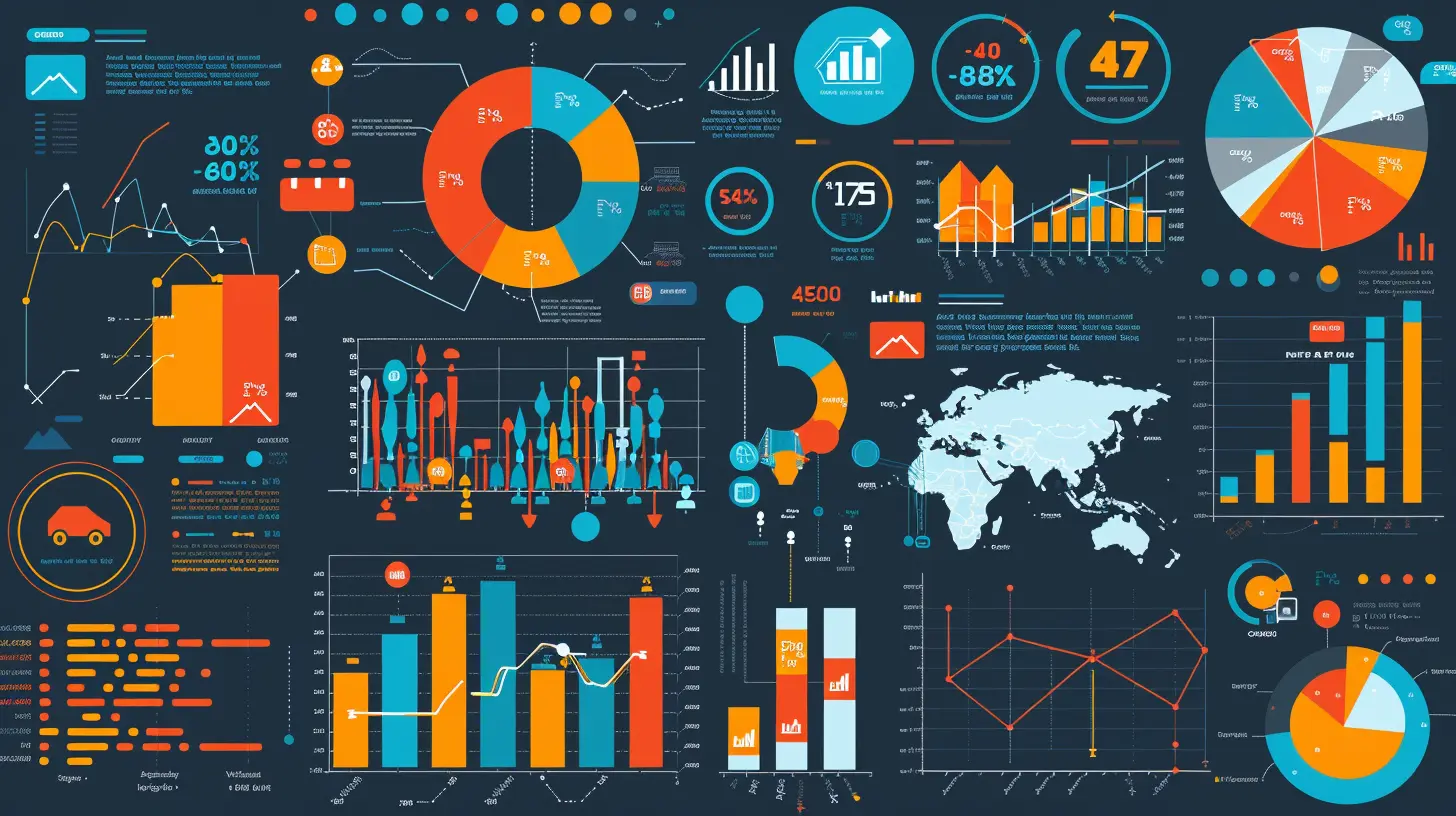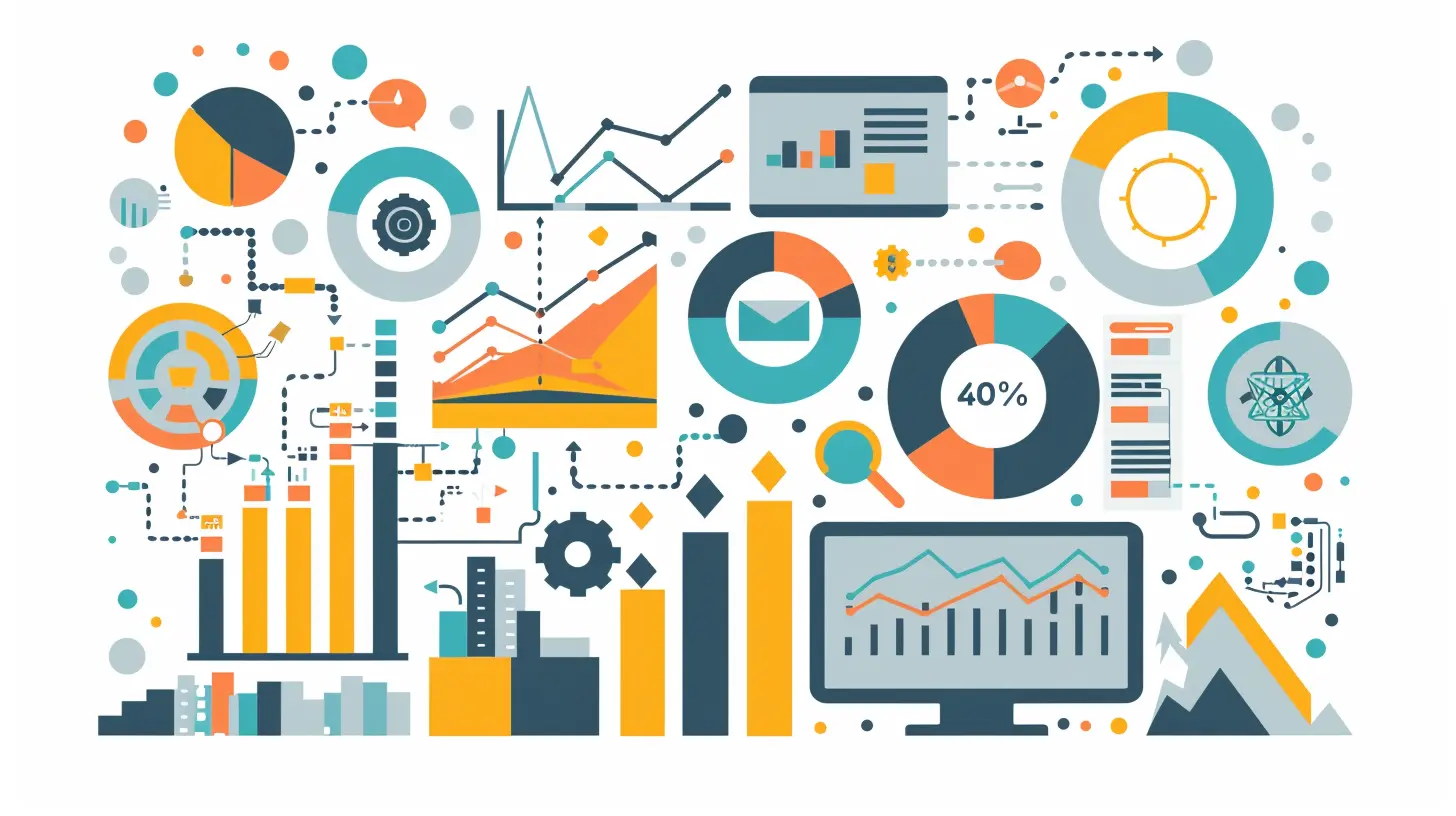Building a Scalable Data Analytics Infrastructure
4 August 2025
Ever feel like your data is multiplying like rabbits? One day, you're casually analyzing a few spreadsheets, and the next, you're drowning in terabytes of information that seem to breed overnight.
Welcome to the modern era of data analytics, where businesses generate and consume data at an overwhelming rate. If your data infrastructure isn't built for scale, it might collapse under its own weight.
So, how do you build a scalable data analytics infrastructure that doesn't buckle when things get massive? Let's dive in! 
🚀 Why Scalability Matters in Data Analytics
Imagine you're running a food truck. At first, you serve a few customers a day, and a couple of burners on your tiny stove do the job. But what if suddenly, one day, a thousand people line up? Your little truck will be in flames (literally and figuratively).Data analytics works the same way. If you don’t plan for growth, your infrastructure will choke when data volumes spike. A scalable system lets you handle increasing data loads without performance issues.
But scalability isn’t just about handling more data—it’s about maintaining speed, efficiency, and cost-effectiveness as the demand grows. 
🛠 Key Components of a Scalable Data Analytics Infrastructure
To build a truly scalable analytics setup, you need more than just a fancy dashboard. It’s about picking the right tools and architectures that can expand as your data grows. Here’s what makes up a solid, scalable infrastructure:1. Data Ingestion: Handling the Firehose
Think of data ingestion as drinking from a firehose—but in a controlled way. You are constantly bombarded with data from IoT devices, databases, social media, and user activity logs. Without a proper setup, you’ll be drowning in this influx.A scalable ingestion system should:
- Handle real-time and batch processing (e.g., Apache Kafka for real-time data, Apache Nifi for batch processing).
- Support multiple data sources like APIs, cloud storage, and streaming services.
- Be fault-tolerant so that data loss doesn’t occur when something crashes.
> Pro Tip: Use distributed message queues like Kafka or RabbitMQ to buffer and manage incoming data efficiently!
2. Data Storage: Choosing the Right Home
You wouldn’t store everything you own in a single tiny closet, right? Your data needs a storage strategy that accommodates growth without breaking the bank.Here are some popular approaches:
- Data Lakes (e.g., Amazon S3, Google Cloud Storage): Perfect for raw, unstructured data storage. Think of it as a "throw everything in here" approach.
- Data Warehouses (e.g., Snowflake, Google BigQuery): Optimized for structured datasets that require fast analytics.
- NoSQL Databases (e.g., MongoDB, Cassandra): Great for semi-structured or real-time query-heavy applications.
A hybrid approach often works best—housing structured data in a warehouse while dumping raw data into a lake for future processing.
> Pro Tip: Use columnar storage formats (such as Parquet or ORC) for massive datasets. They reduce storage costs and improve query speeds.
3. Data Processing: Crunching the Numbers at Scale
Storing data is one thing—making sense of it is another beast entirely. Scalability here means making sure that whether you're processing 1GB or 1PB, the system doesn’t fall apart.Here are a few powerful processing frameworks:
- Apache Spark: Best for large-scale data transformations and machine learning analysis.
- Flink & Storm: Top choice for real-time stream processing.
- Dask & Ray: When Python data science libraries (Pandas, NumPy) aren’t enough, these tools allow for parallelized computations.
> Pro Tip: Adopt a serverless compute model (like AWS Lambda or Google Cloud Functions) to save costs on low-usage workloads.
4. Data Governance & Security: Keeping the Chaos in Check
As your data grows, so do compliance risks and security threats. A scalable system doesn’t just mean handling more data—it means protecting it efficiently.Must-implement security practices:
✅ Role-based access control (RBAC): Ensures that only the right people can access sensitive data.
✅ Data encryption: Both at rest and in transit.
✅ Audit logging & monitoring: Tools like AWS CloudTrail and Elasticsearch can help track suspicious activities.
✅ Compliance adherence: GDPR, HIPAA, CCPA—whatever applies to your industry.
> Pro Tip: Automate access control and encryption policies to ensure consistency across datasets.
5. Data Querying & Analytics: Speed is King
A scalable analytics infrastructure means your queries run fast, even when the data size increases exponentially. Nobody wants dashboards that take forever to load.Here’s how you can keep it speedy:
- Indexing & Partitioning: Break down large datasets for lightning-fast lookups.
- In-memory processing: Tools like Apache Spark and Redis can speed up queries.
- Materialized Views & Precomputed Aggregations: Pre-calculate frequent queries to avoid recomputation.
> Pro Tip: Try vectorized query engines like ClickHouse or DuckDB for faster analytical workloads. 
💡 Architectures That Scale Like a Pro
Now that we know what goes into a scalable data analytics infrastructure, let’s talk architecture. Here are some battle-tested approaches:1. Lambda Architecture (Batch + Real-time Processing)
🔹 Best For: Combining real-time insights with historical batch data.🔹 How it Works: It has three layers—Batch layer (stores raw data), Speed layer (provides real-time insights), and Serving layer (querying).
> Downside? Managing two processing pipelines can be complex.
2. Kappa Architecture (Stream Processing Only)
🔹 Best For: Real-time analytics use cases (IoT, fraud detection, live analytics).🔹 How it Works: Only uses a real-time processing engine like Apache Flink or Kafka Streams—simplifying ETL.
> Downside? Doesn't handle historical data efficiently.
3. Data Mesh (Decentralized, Domain-Driven Approach)
🔹 Best For: Large organizations with different teams needing independent control over their data.🔹 How it Works: Decentralizes data ownership—each team manages its own "data product."
> Downside? Requires strong governance policies to avoid chaos. 
⚡ Scaling Challenges & How to Overcome Them
Even with the best setup, scalability comes with its fair share of headaches. Here’s how to tackle them:🎭 Data Silos
Problem: Teams store data in isolated systems, making it hard to extract insights.Solution: Invest in a centralized metadata catalog like Apache Atlas or DataHub.
🐌 Slow Query Performance
Problem: As datasets grow, performance drops.Solution: Use distributed query engines like Presto or Trino for faster analytics.
🏦 Cost Explosions
Problem: Storing and processing large amounts of data can get ridiculously expensive.Solution: Use auto-scaling policies & tiered storage to minimize costs.
🔄 Data Quality Issues
Problem: Dirty data leads to inaccurate insights.Solution: Implement automated data validation pipelines to clean data before it hits analytics.
🤖 Future Trends in Scalable Data Analytics
The landscape of data analytics infrastructure is evolving fast. Here are some trends coming our way:- AI-driven Data Management: Machine learning models will automate data cleaning & anomaly detection.
- Serverless Analytics: Platforms like AWS Athena will eliminate the need for infrastructure management.
- Quantum Computing & Data Processing: Sounds crazy, but quantum computing could revolutionize big data analytics!
🎯 Final Thoughts
Building a scalable data analytics infrastructure isn’t a one-time task—it’s an ongoing process. As data grows, so must your systems. The key is choosing the right tools and architectures that allow for seamless scaling without breaking the bank.So, whether you're a startup analyzing a few gigabytes or a tech giant processing petabytes daily, following these best practices will help keep your analytics stack running smoothly.
Now go forth and conquer the data explosion!
all images in this post were generated using AI tools
Category:
Data AnalyticsAuthor:

Gabriel Sullivan
Discussion
rate this article
1 comments
Nyari Snow
Embracing a scalable data analytics infrastructure is key to unlocking transformative insights! As technology evolves, so should our strategies. Let’s innovate and harness the power of data to drive meaningful decision-making and pave the way for a brighter, more efficient future. Keep pushing boundaries!
August 12, 2025 at 3:25 AM

Gabriel Sullivan
Absolutely! Embracing a scalable data analytics infrastructure is essential for leveraging insights and driving innovation. Let's continue to evolve our strategies for a more data-driven future!


